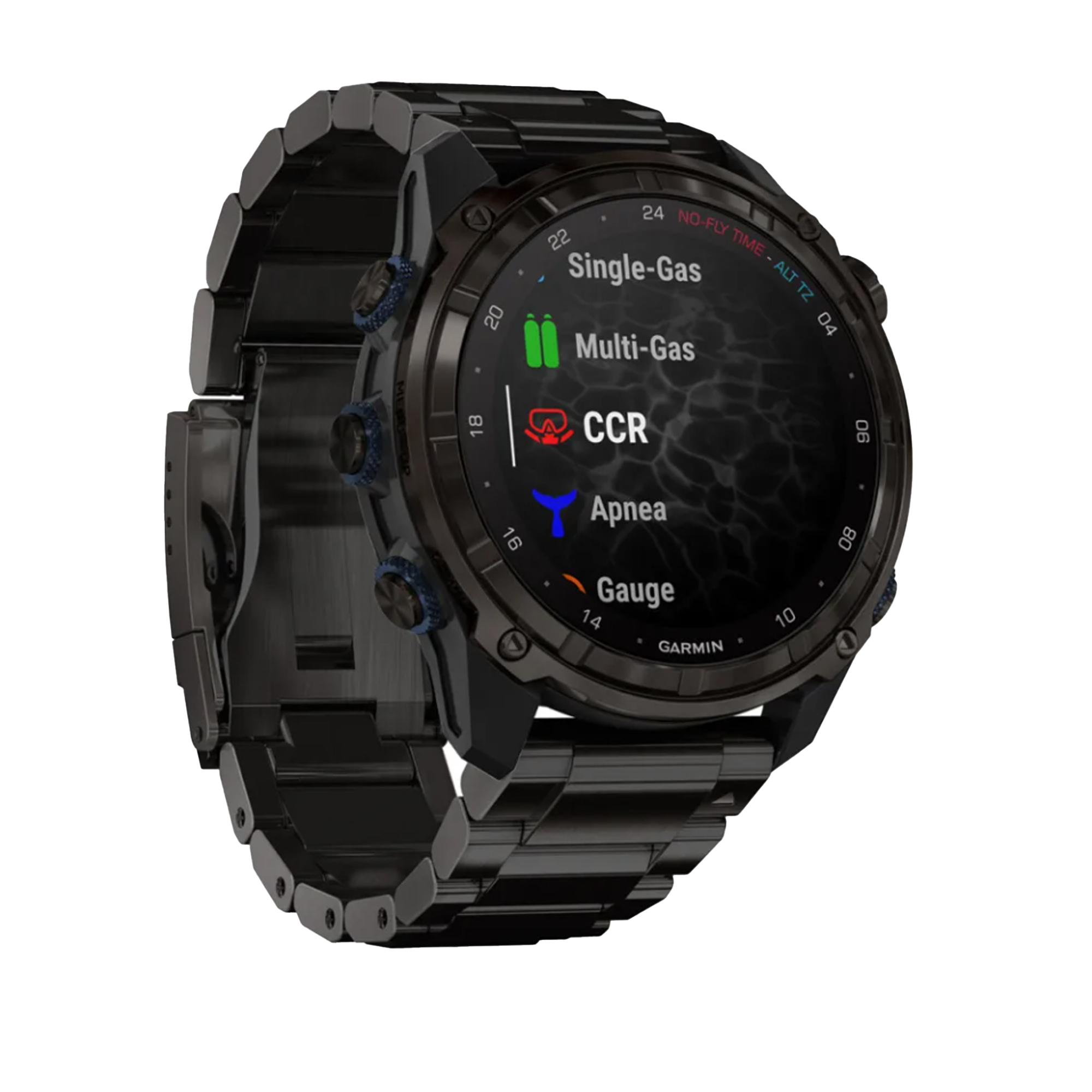Navigation
Miflex Xtreme specialist scuba diving low pressure (LP) regulator hoses are available in over 150 colour, length and fitting combinations from 15 cm long to 210 cm long in ten different colours. The Italian manufactured Miflex Xtreme regulator hoses feature an external polyester safety braiding designed to resist the snags and abrasions that divers can often encounter. Unlike traditional rubber hoses, the double braiding is not simply pushed over the hose fittings. Instead, the braiding is tightly bound and fixed to the hose core by the sleeve. The result is performance and durability in extreme situations. All Miflex Xtreme LP regulator hoses are Nitrox Ready as they come Oxygen Cleaned from the factory.
The flexibility of the Miflex Xtreme regulator hose makes the second stage more comfortable in the mouth and results in smoother hose routing, particularly with long hoses. Available in lengths ranging from 10 cm (4 inch) to 210 cm (84 inch). These low-pressure hoses are great for stage/deco bottles, and we offer the 120 cm (48 inch) length commonly used for stage/deco and octopus hoses in your choice of ten colours: Black, Carbon Black, Blue, Red, White, Yellow, Mellow Yellow, Pink, Green and Purple.
Typical LP regulator hoses, including Miflex Xtreme LP regulator hoses, have a 3/8-inch UNF Male fitting at the end that screws into the first stage regulator LP port, and a 9/16-inch UNF Female fitting at the end that screws on to the second stage regulator.
Choosing the Best LP Regulator Hose Length
"Standard" Setup: The most common hose lengths found on 'standard' primary 2nd stage SCUBA regulator setups (the one on the black hose that's typically in your mouth) is 71 cm (28 inch) or 75 cm (30 inch). The most common hose length found on the 'standard' "Octopus" 2nd stage SCUBA regulator setups (the one on the yellow hose that's typically clipped off or in an occy holder) is 90 cm (36 inch), though some people prefer a longer 100 cm (40 inch) hose length.
For many divers, the "standard" primary 2nd stage SCUBA hose length is too long and will cause the hose to "bow out", and create unnecessary drag and tug on the mouth. This makes for an uncomfortable dive, particularly in current. Some experienced divers and instructors choose the slightly shorter hose lengths of 56 cm (22 inch), 60 cm (24 inch) or 65 cm (26 inch), feeling it is more comfortable with less drag and pull.
Experienced Diver / Streamlined Setup: *** Recommended *** Increasingly we see experienced single tank divers using a 100 cm (40 inch) to 150 cm (60 inch) in length, primary 2nd stage SCUBA LP regulator hose routed under their arm with the regulator on a 20/70/110° or 90° swivel (we prefer the 20/70/110° swivel). We also prefer the 'in-between' 120 cm (48 inch) hose length. Experienced divers figure this is the hose that their buddy will grab, or they will donate, in an emergency, thus it should be the longer hose and black, neon yellow, or yellow in colour. They use a shorter 56 cm (22 inch), 60 cm (24 inch) or 65 cm (26 inch) (we prefer the 65 cm) in length, black coloured LP regulator hose for the backup/octopus 2nd stage regulator they will end up breathing from. In this setup, the backup/octopus regulator is typically hung on a necklace directly below the diver's chin.
Stage Setup: The 100 cm (40 inch) length hose is the common choice for technical diving stage, pony and deco regulators. Different hose colours are often used to make it easier to identify which hose is attached to which breathing gas cylinder.
Long Hoses: Many advanced divers and instructors believe the common hose lengths are too short in out-of-air situations and now use a much longer hose, often 150 cm (60 inch) for those who dive open water exclusively. Many technical divers have adopted a length of 210 cm (84 inch) for overhead environments.
Choosing Your Colour Scheme
With so many colour choices in the Miflex Xtreme low-pressure regulator and inflator/jacket/BC hose line up you are free to create your own unique colour scheme.
Technical divers always donate their longer hose primary 2nd stage regulator, and usually don't colour code either regulator. For sport diving with a streamlined configuration, we still prefer the cover of the primary second stage to be black and the cover of the backup (octopus) second stage to be yellow.
For many years the dive industry has supplied the primary 2nd stage regulator coloured black on a short black hose, and the backup/octopus 2nd stage regulator coloured yellow on a longer yellow hose. Most regulator sets still come like this. This setup is based on the notion that in an emergency you will donate your backup/octopus regulator with the yellow cover and hose to your dive buddy.
Training agencies are now realising that this isn't what happens in real life and are starting to teach accordingly. In real life, in an emergency your dive buddy will rip the primary regulator you're breathing from out of your mouth. Your buddy will thus be on a short hose, and you'll be going for your backup/octopus regulator. Not an ideal situation. Thus the training agencies are now suggesting you should have a long hose on your primary 2nd stage regulator, and a short hose on the backup/octopus 2nd stage regulator you'll be switching to.
For this Experienced Diver / Streamlined Setup we suggest the long hose attached to your primary 2nd stage regulator should be coloured Fluro Yellow or Mellow Yellow. The short hose attached to your backup/octopus 2nd stage regulator should be Black or Carbon Black. But you can also use whatever colour choice you prefer for either hose.
If you stick with the traditional (old fashioned) setup, then the cover and hose for your short hose, primary 2nd stage regulator would be coloured Black or Carbon Black. The cover and long hose of your backup/octopus 2nd stage regulator should be Fluro Yellow or Mellow Yellow. But again, you can also use whatever other colour choices you prefer for either hose.
For stage/deco/pony cylinders we suggest using a Green coloured regulator hose for 90+ percent Oxygen mixes. As for gas mixes greater than 21% and less than 90%, we'd suggest using a Fluro Yellow or Mellow Yellow hose, but just take your pick from the many colours available.
Antares
![]() Wreck Dive |
Wreck Dive | ![]() Boat access
Boat access
![]()
![]()
![]()
Three-Masted Iron Barque | Depth: 2 m (6.56 ft) to 6 m (20 ft)
Level: Open Water and beyond.
The Antares was the last sailing ship to be wrecked along Victoria's Shipwreck Coast. The Antares lies between Peterborough to the east and Warnnambool to the west, offshore from the Mepunga Coastal Reserve. It's part of the Great Ocean Road Historic Shipwreck Trail.
On a voyage from Marseilles to Melbourne during World War I, the vessel sank and all 24 people on board perished. The Antares is significant as a sail trader carrying an international inbound cargo.
She had been carrying a large cargo of roofing tiles from France to Melbourne. Many of them are now to be seen amongst the battered and scattered remains of the wreck, which lies in six metres of water, just west of what is now known as Antares Rock.
Latitude: 38° 33.475′ S (38.55792° S / 38° 33′ 28.51″ S)
Longitude: 142° 46.125′ E (142.76875° E / 142° 46′ 7.5″ E)
607 m, bearing 129°, SE
Diving and Snorkelling the Antares Shipwreck
The Antares today lies in only 2 to 6 metres of water and is a little more than 70 to 80 metres offshore, west of the Bay of Islands.
See WillyWeather (Bay of Islands) as a guide for the tide times and the height of the tide.
Shipwrecks of South-west Victoria | Source: Flagstaff Hill Maritime Museum
Antares Shipwreck History — Built in 1888
The Antares was a three-masted iron barque, built in 1888, in Glasgow, Scotland and originally named Sutlej. The 1749 ton Antares was 260.3 ft (79 m) long, with a beam of 38.2 ft (12 m), and a draught of 23.1 ft (7.04 m). Bought in 1907 by brothers from Genoa, she was refitted and renamed Antares.
Antares Sinking — November 1914
The Italian barque Antares left Marseilles on 18 December 1913 for Melbourne but failed to arrive and was reported overdue on the 207th day of her voyage. In November 1914 wreckage was found at the base of a cliff at the Bay of Islands near Warrnambool and a body had washed ashore. Some of the timbers were charred by fire, and a small boat's stern board with the name Sutlej led to the identification of the wreck as the Antares which had been reported missing.
In late 1914, after the beginning of the First World War, a young local man went one evening to fish near the Bay of Islands, west of Peterborough. He later arrived home hurriedly and in an agitated state declaring, "The Germans are coming!" His family laughed and disbelieved him, as this young fellow was prone to telling fictional tales.
About a month later, local farmers Phillip Le Couteur and Peter Mathieson were riding in the vicinity, checking on cattle. Phillip Le Couteur saw what he "thought was the hull of a ship below the cliffs." He rode to Allansford and contacted police. The next day, two Constables and Phillip Le Couteur returned to the site, where they dug a trench near the top of the cliff and sank a log in it. To this, they attached a rope, which they threw down the cliff face. Constable Stainsbury and Phillip Le Couteur then made the dangerous descent down the rope on the sheer cliff face. They found wreckage strewn around a small cove and a portion of a man's body under the cliffs. The hull of the ship could be seen about 300 metres out to sea. Some of the wreckage revealed the name Antares and the remains of the ship's dinghy bore the name Sutlej. During the next two weeks and with the help of the Warrnambool lifeboat and crew, two more bodies were found.
It was later realised that the local lad who a month earlier had declared he had seen German guns being fired, had probably seen distress flares fired from the deck of the Antares the night she was wrecked.
See also, west-coast-shipwreck-trail,
Heritage Council Victoria: Antares,
Heritage Victoria slide collection on flickr: Antares, and
Australian National Shipwreck Database: Antares.
Heritage Warning: Any shipwreck or shipwreck relic that is 75 years or older is protected by legislation. Other items of maritime heritage 75 years or older are also protected by legislation. Activities such as digging for bottles, coins or other artefacts that involve the disturbance of archaeological sites may be in breach of the legislation, and penalties may apply. The legislation requires the mandatory reporting to Heritage Victoria as soon as practicable of any archaeological site that is identified. See Maritime heritage. Anyone with information about looting or stolen artefacts should call Heritage Victoria on (03) 7022 6390, or send an email to heritage.victoria@delwp.vic.gov.au.
Finding the Antares Shipwreck
Over the years we've been provided with different GPS marks for the Antares. The GPS marks we know of in circulation for the Antares are:
- GPS (verified):
Latitude: 38° 33.268′ S (38.554461769111° S / 38° 33′ 16.06″ S)
Longitude: 142° 45.801′ E (142.76335134739° E / 142° 45′ 48.06″ E) - Dive Victoria:
Latitude: 38° 33.500′ S (38.558333° S / 38° 33′ 30″ S)
Longitude: 142° 45.750′ E (142.7625° E / 142° 45′ 45″ E)
437 m, bearing 189°, S
Traditional Owners — This dive site is in the traditional Country of the Eastern Maar people of south-western Victoria between the Shaw and Eumerella Rivers and from Yambuk in the south to beyond Lake Linlithgow in the north. This truly ancient Country extends as far north as Ararat and encompasses the coastal townships of Port Fairy in the west, Warrnambool, Peterborough, Port Campbell, Apollo Bay, Lorne, and Airies Inlet in the east, including the Great Ocean Road area. It also stretches 100 metres out to sea from low tide and therefore includes the iconic Twelve Apostles. "Eastern Maar" is a name adopted by the people who identify as Maar, Eastern Gunditjmara, Tjap Wurrung, Peek Whurrong, Kirrae Whurrung, Kuurn Kopan Noot and/or Yarro waetch (Tooram Tribe) amongst others. We wish to acknowledge the Eastern Maar as Traditional Owners. We pay respect to their Ancestors and their Elders, past, present and emerging.
Antares Location Map
Latitude: 38° 33.268′ S (38.554462° S / 38° 33′ 16.06″ S)
Longitude: 142° 45.801′ E (142.763351° E / 142° 45′ 48.06″ E)
Datum: WGS84 |
Google Map
Added: 2012-07-22 09:00:00 GMT, Last updated: 2022-05-21 20:30:21 GMT
Source: GPS (verified)
Nearest Neighbour: John Scott, 3,250 m, bearing 314°, NW
Three-Masted Iron Barque, 1742 ton.
Built: Glasgow, Scotland, 1888.
Sunk: November 1914.
Bay of Islands, Shipwreck Coast.
Depth: 2 to 6 m.
[ Top ]
DISCLAIMER: No claim is made by The Scuba Doctor as to the accuracy of the dive site coordinates listed here. Should anyone decide to use these GPS marks to locate and dive on a site, they do so entirely at their own risk. Always verify against other sources.
The marks come from numerous sources including commercial operators, independent dive clubs, reference works, and active divers. Some are known to be accurate, while others may not be. Some GPS marks may even have come from maps using the AGD66 datum, and thus may need be converted to the WGS84 datum. To distinguish between the possible accuracy of the dive site marks, we've tried to give each mark a source of GPS, Google Earth, or unknown.
Copyright © 2005-2022 by The Scuba Doctor Australia, ABN 88 116 755 170. All rights reserved.
tel. +61 3 5985 1700 :: email. diveshop@scubadoctor.com.au :: Web site by it'sTechnical 2022

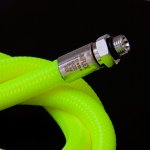
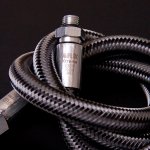

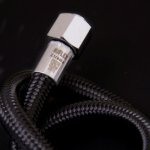

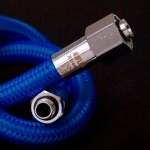
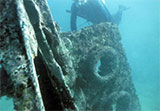
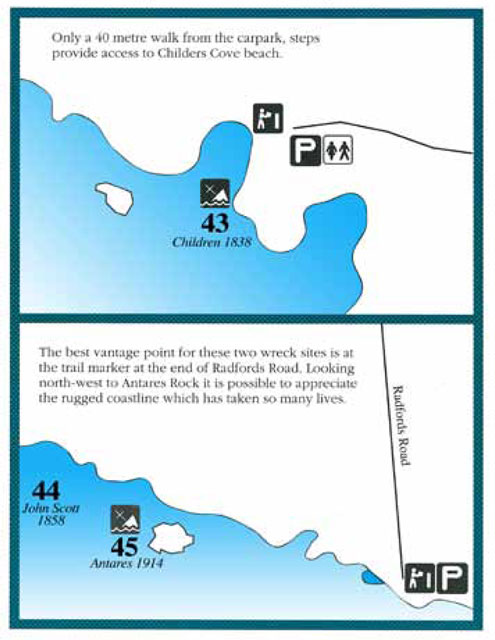
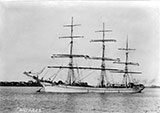

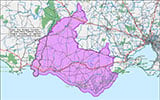



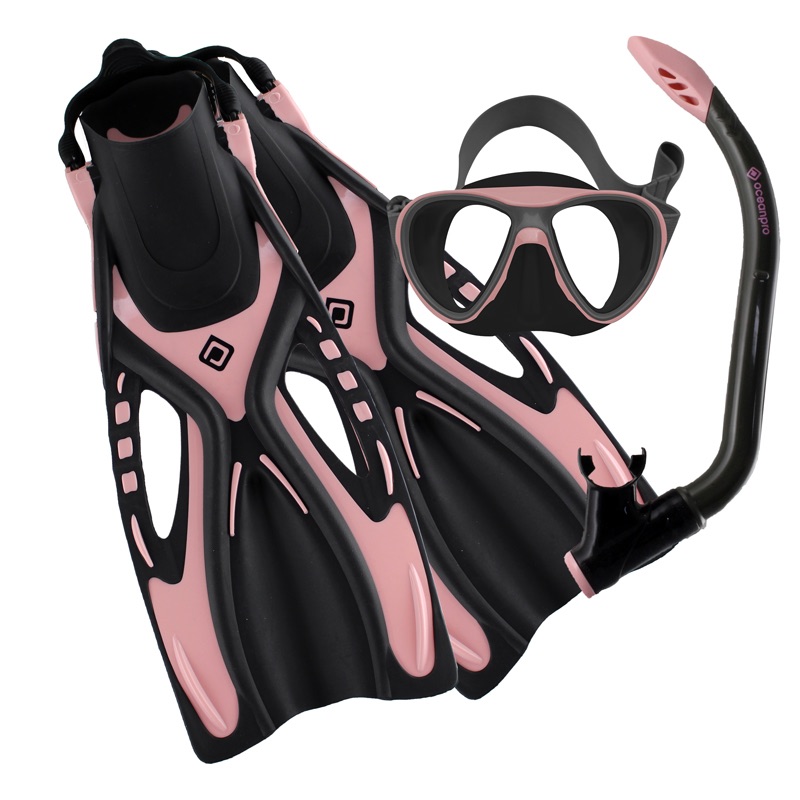
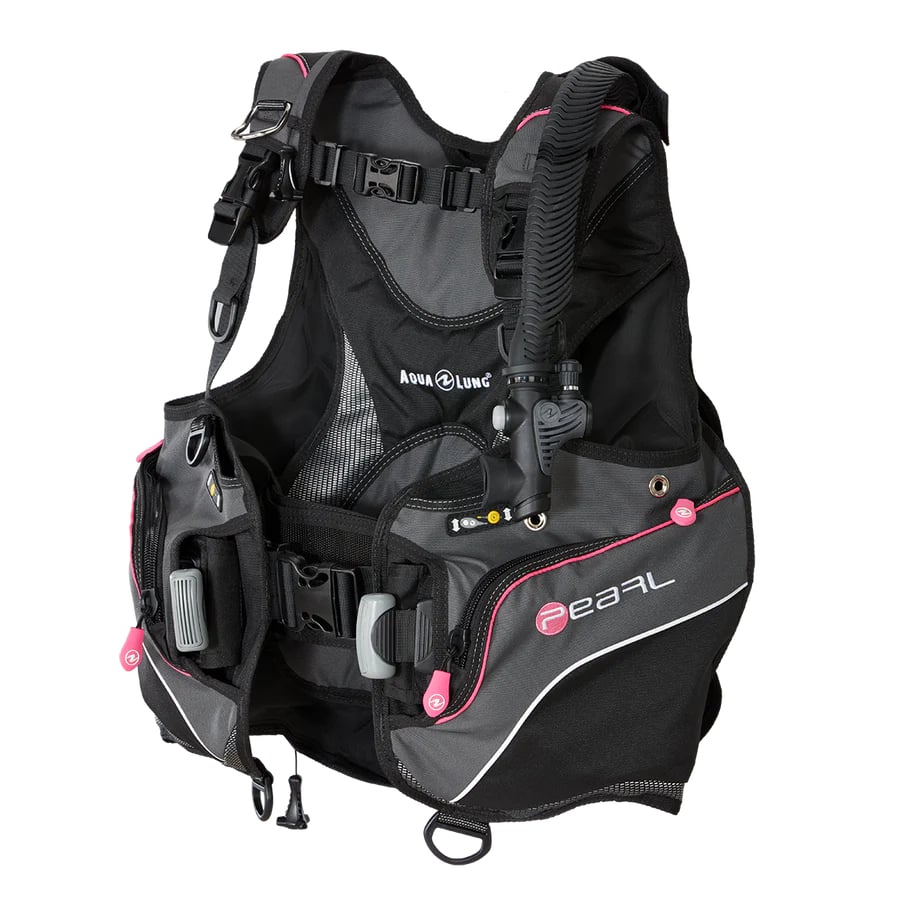
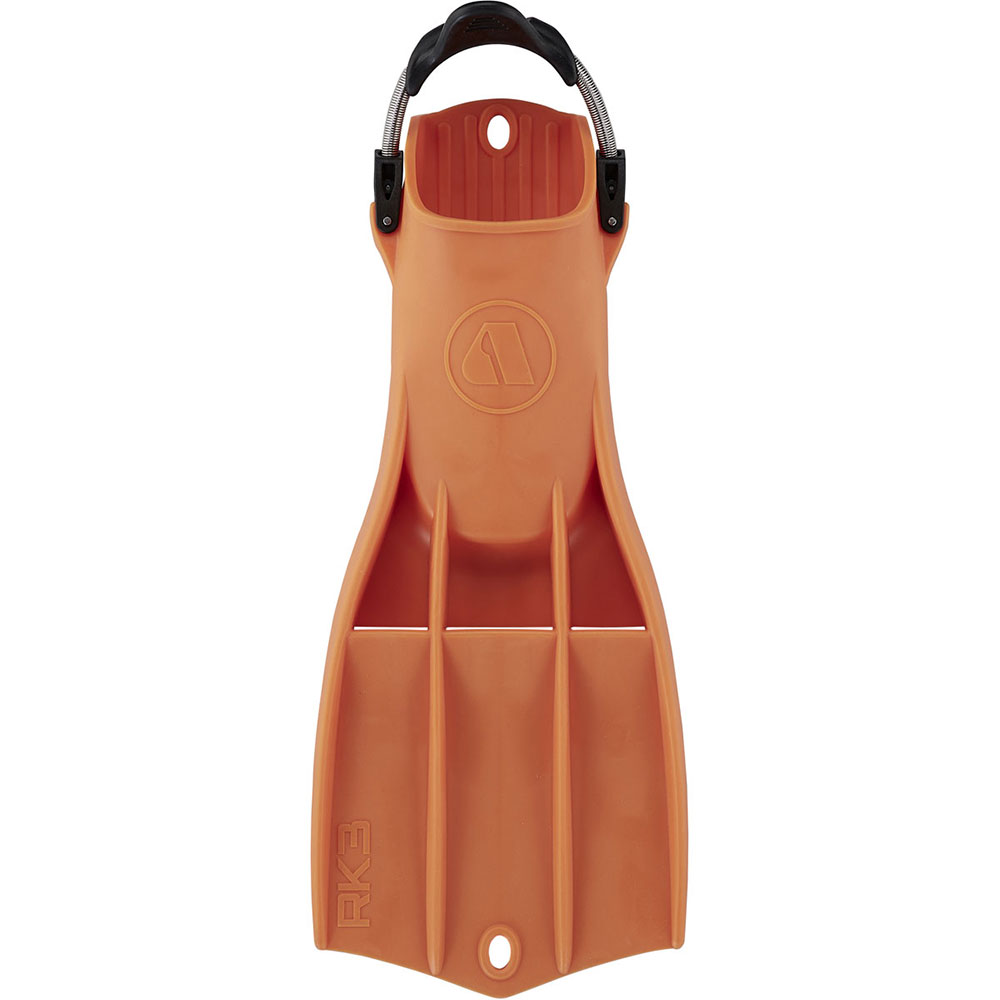





![Halcyon Infinity 30lb System [SS Small Backplate] Halcyon Infinity 30lb System [SS Small Backplate]](/diveshop/images/halcyon/Halcyon-Evolve-Wing.jpg)






